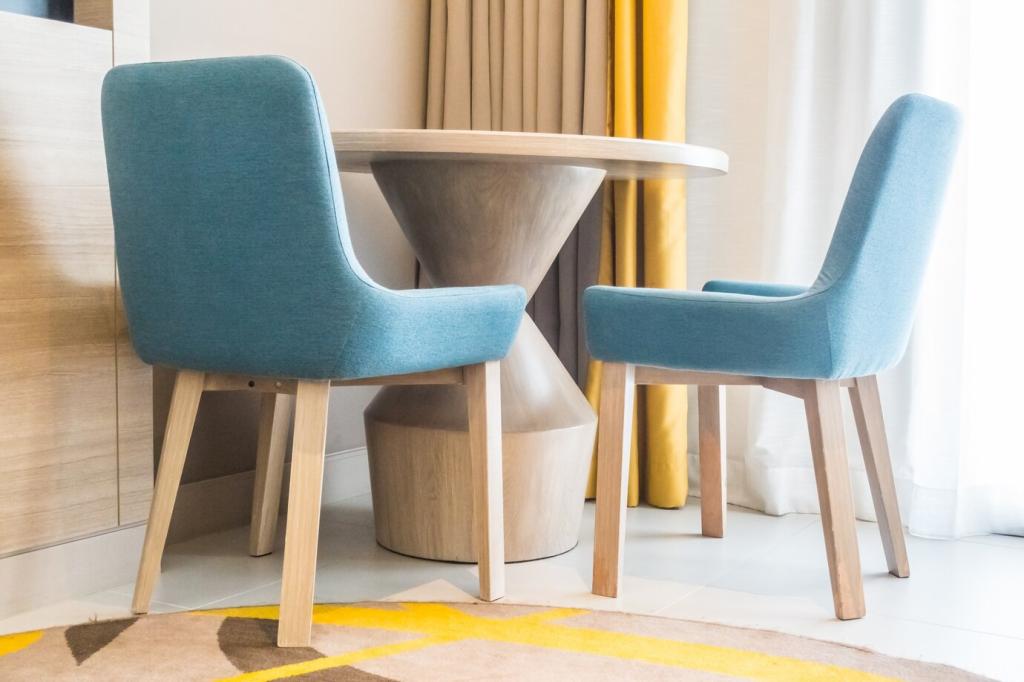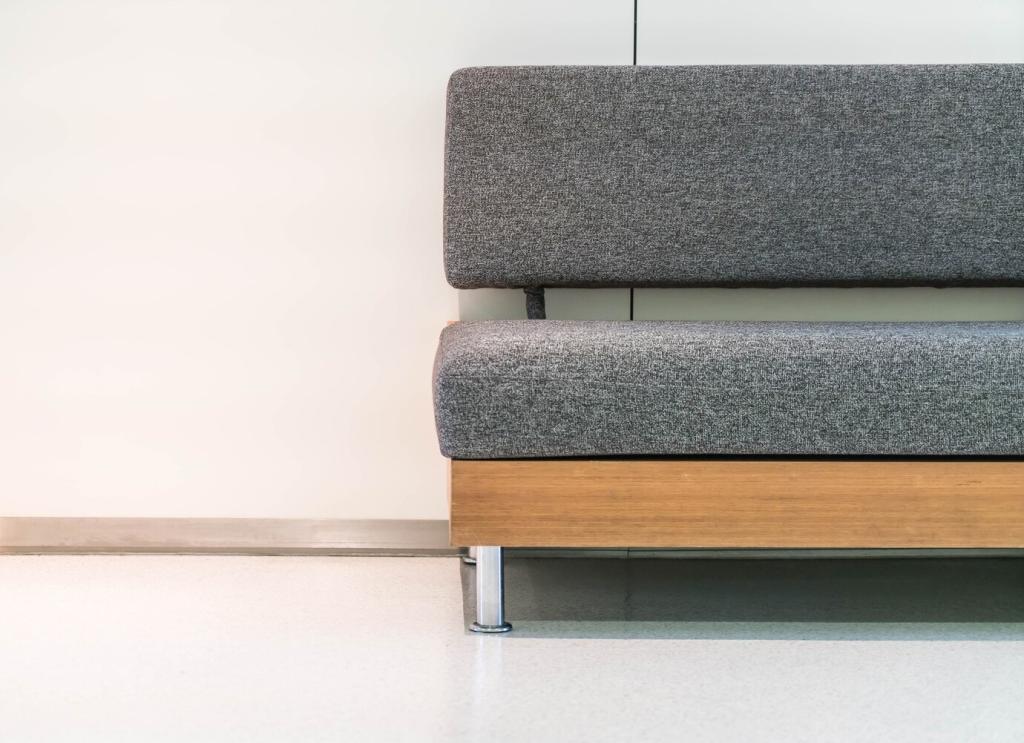
Say Goodbye to Furniture Care Myths
Chosen theme: Say Goodbye to Furniture Care Myths. We’re sweeping away folklore and quick-fix fables with calm, proven practices that actually protect your favorite pieces. Read on, challenge what you’ve heard, and subscribe for future myth-busting deep dives.
Frequent polishing—especially silicone-heavy sprays—can build sticky films that attract dust and dull the finish. Most modern finishes already protect wood. Gentle microfiber dusting and occasional pH-neutral cleaning are far kinder and far more effective.

Water Rings and Heat Marks: Calm Fixes That Work
Greasy condiments may mask dullness but can seep oily residues into finishes. Toothpaste abrasives can scratch. Skip the pantry roulette. Start with mild heat and patience instead of smearing meals onto precious surfaces.
Water Rings and Heat Marks: Calm Fixes That Work
Place clean cotton over the mark and apply very low heat for a few seconds, lifting frequently to check. You’re coaxing moisture out, not cooking the finish. Patience prevents irreversible damage and heartbreak.



Myth: A little sun is harmless
Ultraviolet light quietly bleaches dyes in fabrics and lightens many woods while darkening others. Rotate decor, use UV-filtering window film, and shift pieces seasonally to keep color changes even and beautifully intentional.
Humidity: The quiet culprit behind cracks and wobbles
Wood swells when humid and shrinks when dry. Aim for a steady 40–55% relative humidity. Use a hygrometer, add a humidifier or dehumidifier, and let new pieces acclimate before major seasonal shifts.
Airflow and placement matter more than you think
Avoid vents blasting hot or cold air directly onto wood and leather. A small change in placement protects joints, finishes, and foam. Share your room layout, and we’ll suggest smart, simple micro-adjustments.
Upholstery and Leather: Facts Beyond Folklore
Baking soda can abrade fibers and leave dusty residues deep in weaves. Vacuum with a soft brush, spot-treat with fabric-appropriate cleaners, and blot—never rub—to lift stains without breaking delicate threads.
Cleaning Solutions: DIY vs. Store-Bought, Without the Hype
Vinegar: friend for glass, foe for many finishes
Vinegar can dull shellac and eat at some finishes over time. Reserve it for glass or sealed surfaces you’ve verified are safe. When in doubt, pH-neutral soap and water, applied sparingly, win.

Repairs and Refinishing: When DIY Helps—and When It Hurts
Before reaching for aggressive abrasives, try low, controlled heat and airflow. Many white marks are reversible moisture blushes, not permanent scars. Resist panic; slow, cautious attempts often yield the safest improvements.


Repairs and Refinishing: When DIY Helps—and When It Hurts
Matching the repair method to the original finish is everything. Shellac welcomes spot repairs; catalyzed finishes rarely do. Unsure? Share a photo of the underside or edge and we’ll help identify.
Daily Habits That Prevent Damage—Without the Myths
Use coasters religiously, place felt under lamps, and lift furniture instead of dragging. These tiny protections prevent rings, gouges, and wobbles that accumulate unnoticed until a big repair becomes inevitable.

